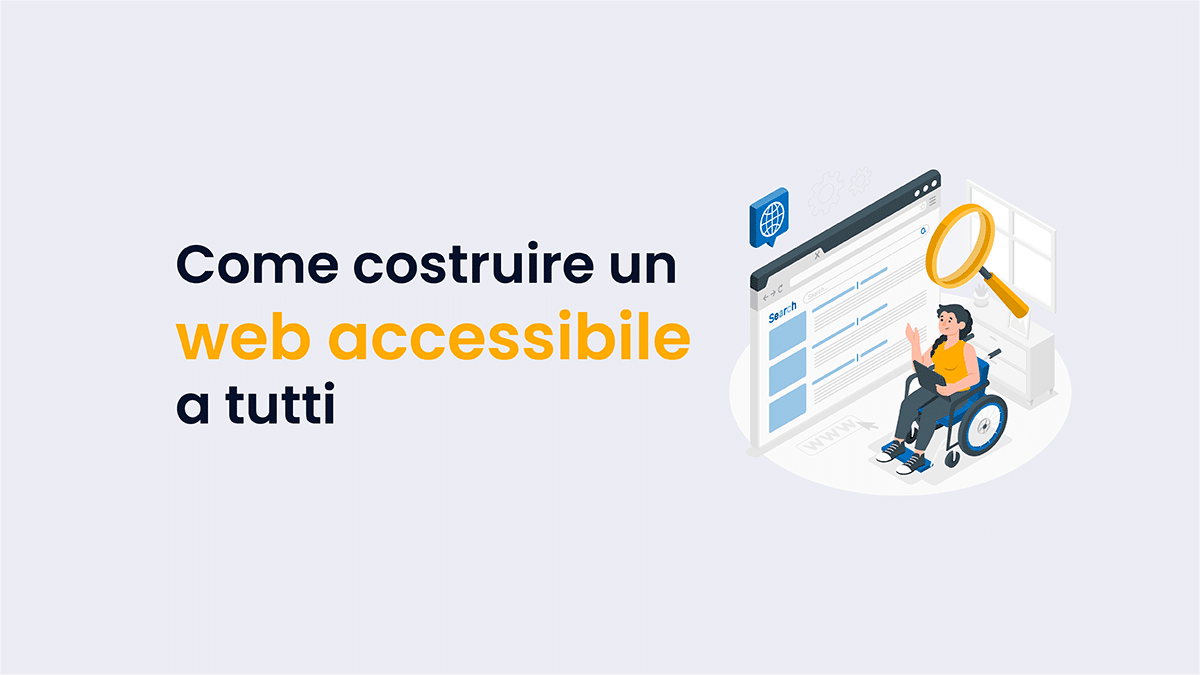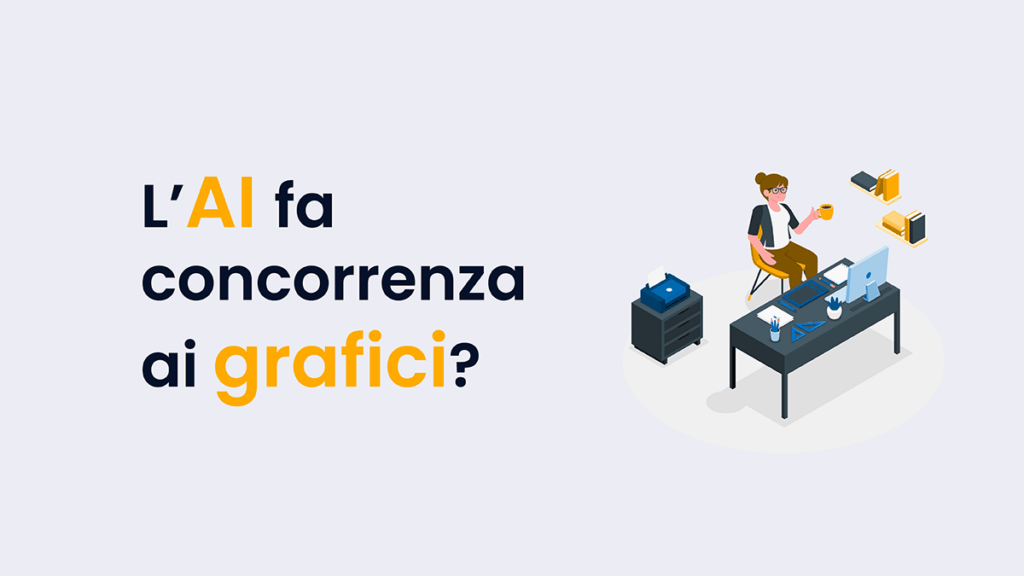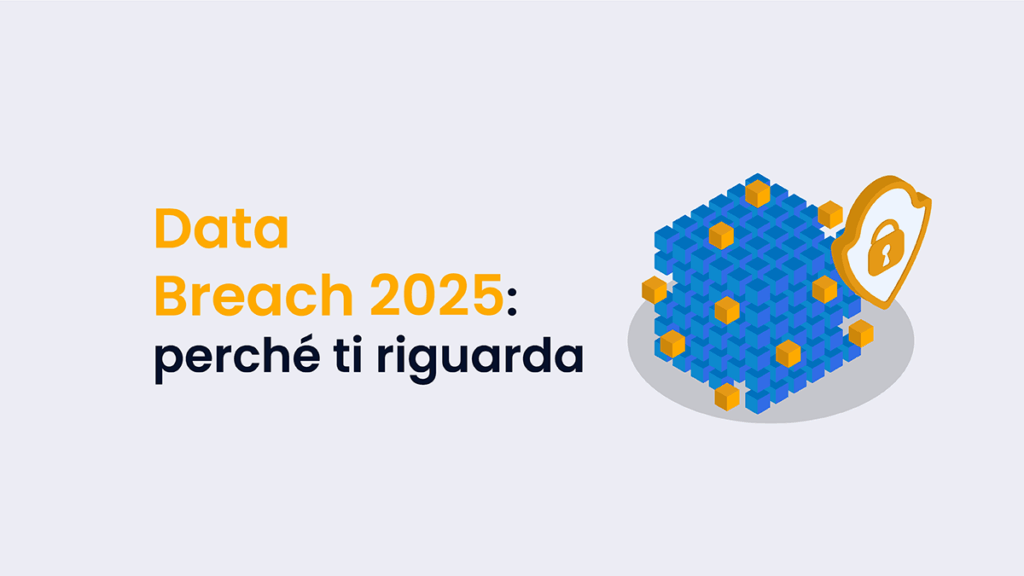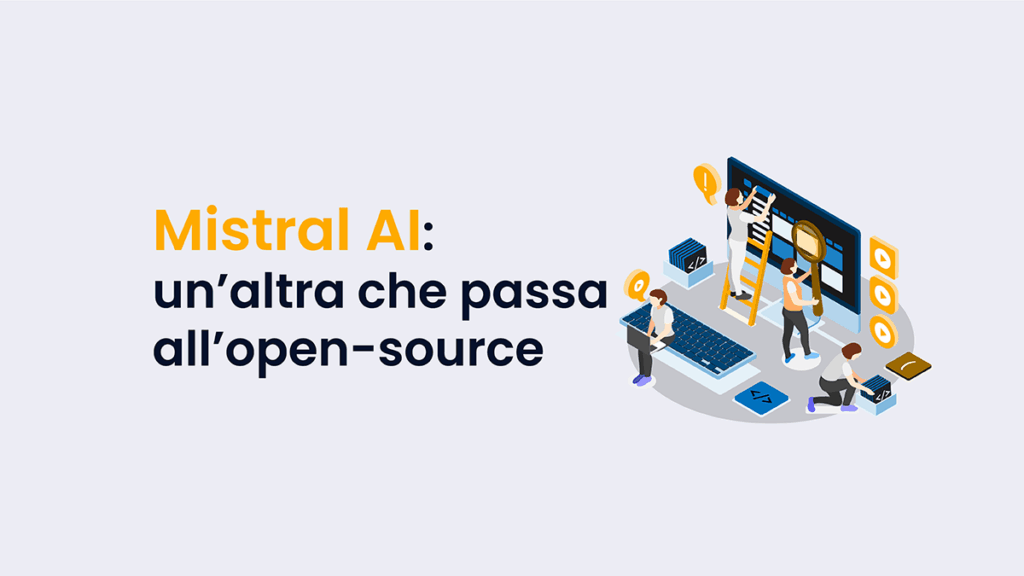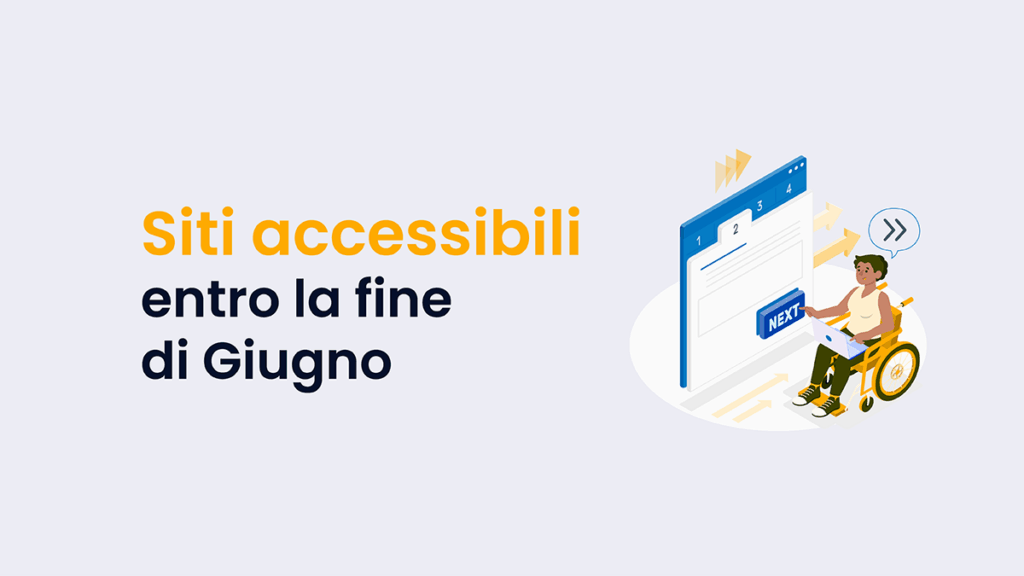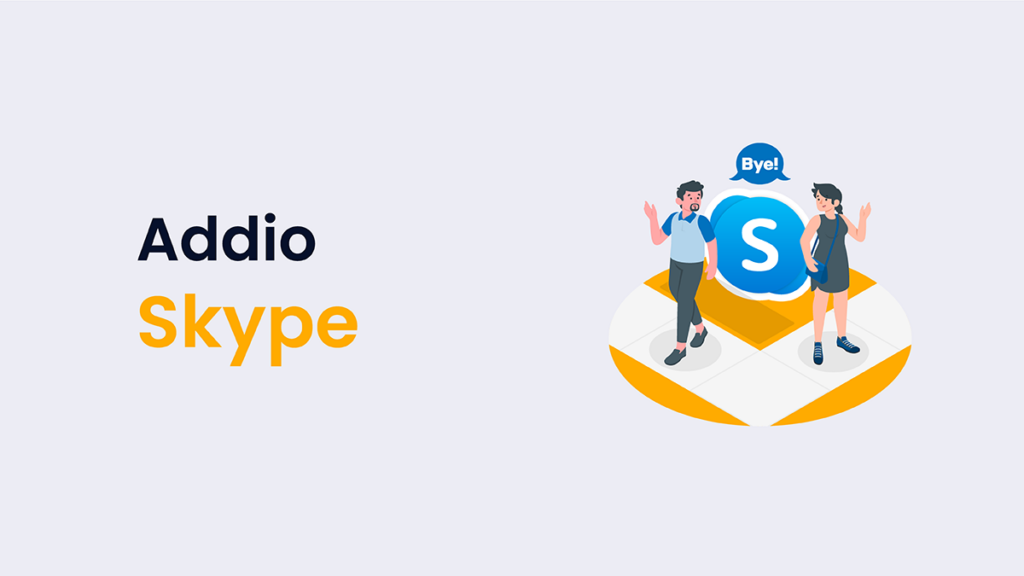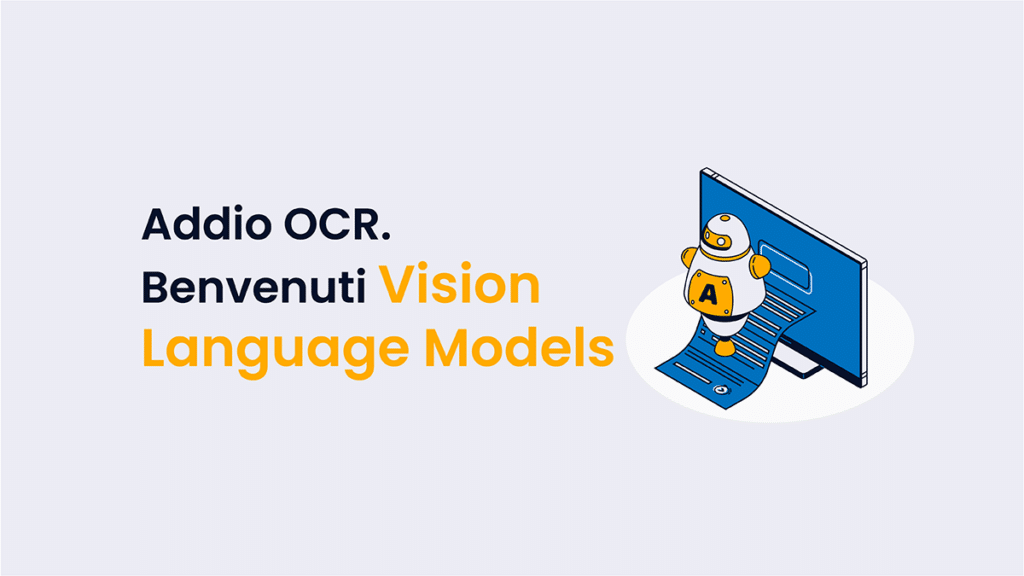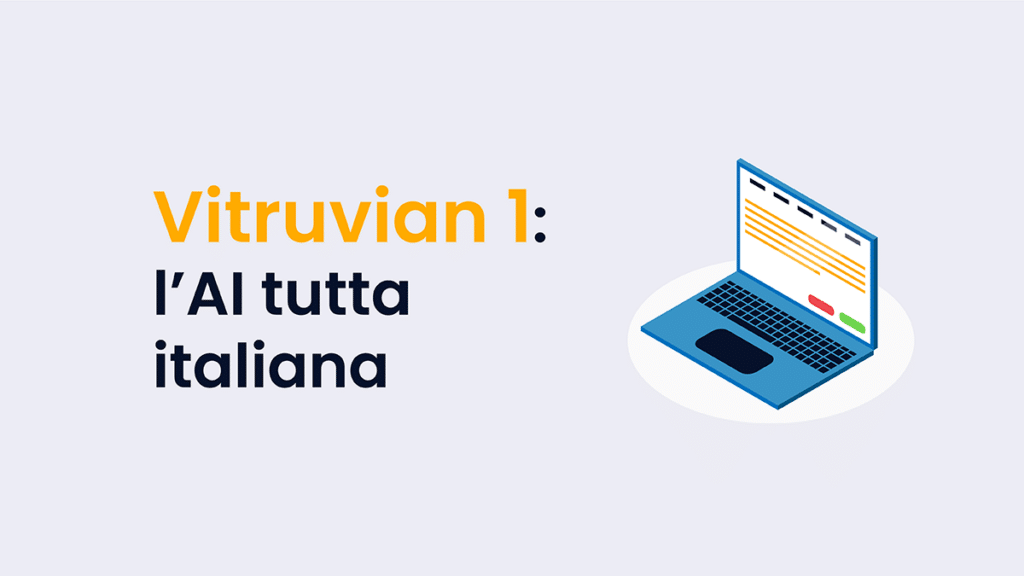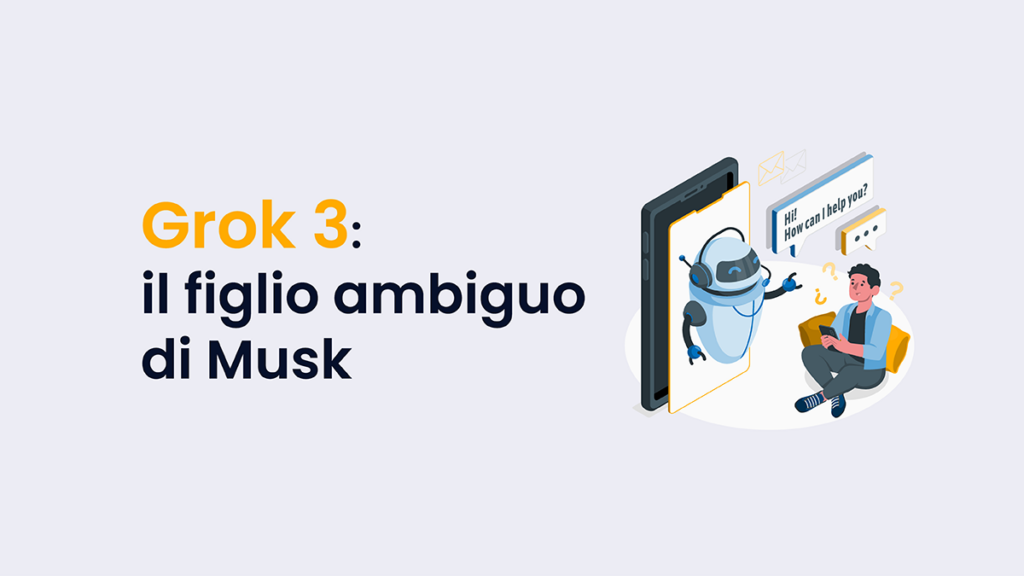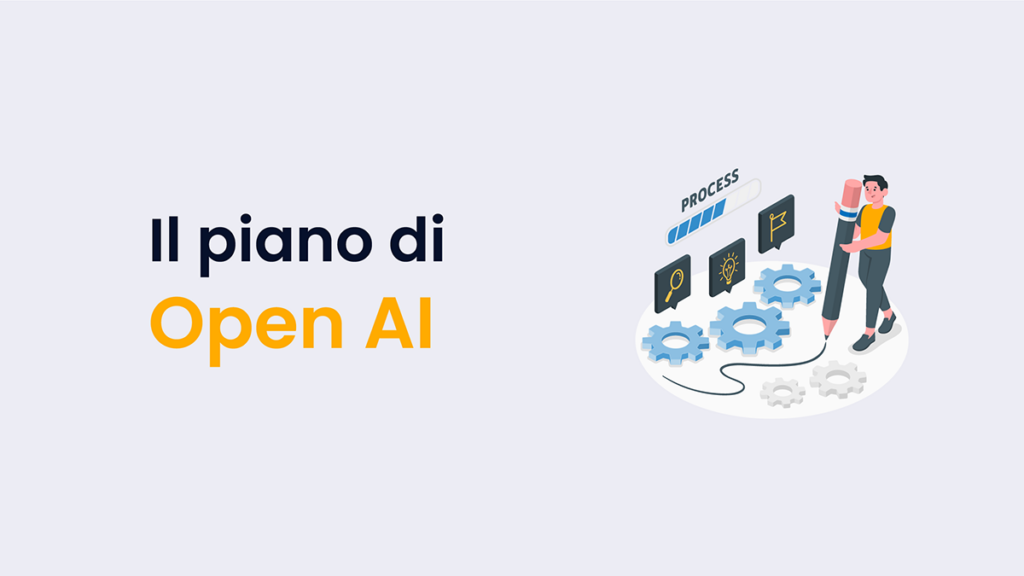Avere un sito web accessibile, oggi è una delle chiavi per aumentare traffico organico. Piace agli algoritmi dei motori di ricerca, all’opinione pubblica, alle istituzioni, ma soprattutto è più fruibile da chiunque, specie da persone che normalmente possono rimanere escluse. Infatti, se strutturi adeguatamente interfaccia, funzionalità e design di un sito, possono interagire con i suoi contenuti persone meno abbienti, poco istruite, neurodivergenti e con disabilità visive, uditive, motorie o cognitive. Persone quest’ultime che oggi più che mai hanno tecnologie assistive che consentono loro di connettersi, includersi e interagire.
È importante avvicinarsi a tutte queste persone, non solo per pulire la facciata della propria identità di brand.

Ma perché genera opportunità e una serie di vantaggi oggettivi slegati da questioni etiche.
Indice dei contenuti
Perché oggi conviene avere un sito web accessibile a tutti?
Accessibilità significa offrire a tutti un’esperienza di navigazione chiara e piacevole. Esperienza di navigazione web su qualsiasi dispositivo, pure su quelli più datati, e valida anche per chi ha connessione lenta o a difficoltà contingenti, come ad esempio dover stare in ambiente rumoroso.
Quindi parlando di accessibilità non ci rivolgiamo esclusivamente alla disabilità o alla neurodivergenza.
Un sito web accessibile infatti è progettato secondo scelte e tecniche di design inclusivo. Cosa che migliora l’esperienza per tutti, dato che testi ben leggibili e colori ad alto contrasto sono vantaggi universali. Un sito fatto in questa maniera quindi si distingue. E, per tutti questi motivi, ha pure una SEO migliore: in altre parole, ha più possibilità di piazzarsi nelle prime posizioni delle pagine di risultato dei motori di ricerca.
E poi lo sapevi che ignorare l’accessibilità del tuo sito web può comportare rischi legali?

Allora è illegale avere un sito poco accessibile?
Non sempre. In Europa, la Direttiva sull’Accessibilità impone standard stringenti per i siti web pubblici… ma in certi casi specifici anche per siti web privati. Nel nostro paese il CAD obbliga le pubbliche amministrazioni e le aziende che forniscono servizi essenziali a rispettare i requisiti di accessibilità WCAG. Consigliamo di guardare queste fonti per capire se rientri nei requisiti e per approfondire. Altro al riguardo, lo trovi anche nel nostro articolo sul Digital Service Act.
Quindi non sempre è illegale avere un sito web poco accessibile. Tuttavia, investire nell’accessibilità conviene in ogni caso per i vantaggi di fruibilità che offre e per le opportunità che apre. In sostanza rendere il tuo sito accessibile significa ristrutturarlo per aprirlo e a tutti.
È difficile e costoso avere un sito accessibile?
Il primo passo è rispettare le linee guida WCAG, che offrono indicazioni chiare e applicabili. Queste includono:
- testi alternativi per immagini,
- uso di HTML semantico,
- contrasto cromatico sufficiente,
- e una struttura navigabile.
Tutti passi che puoi aver fatto o che faresti se vuoi migliorare il tuo sito web. Inoltre esistono strumenti gratuiti o a pagamento che facilitano il lavoro, chiamati validatori di accessibilità: ti basterà digitare questo nome su un qualsiasi motore di ricerca per trovarli.
Se invece non hai voglia, tempo o competenze attrezzarti al riguardo, basta chiedere a Kilobit.
